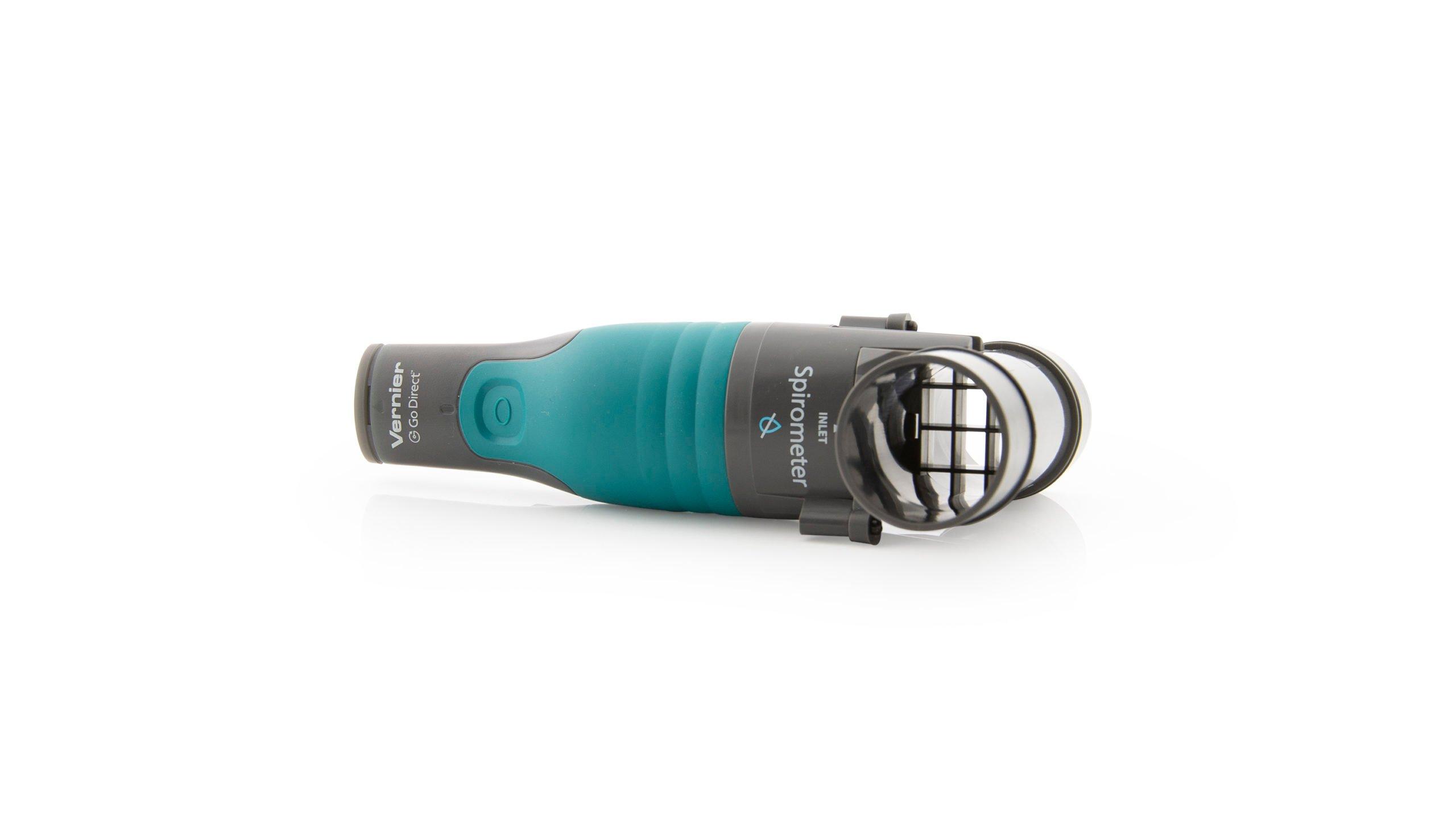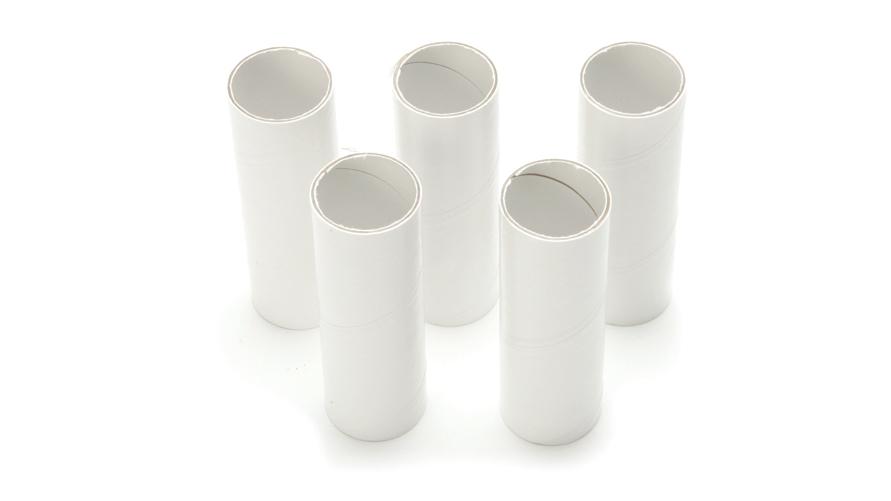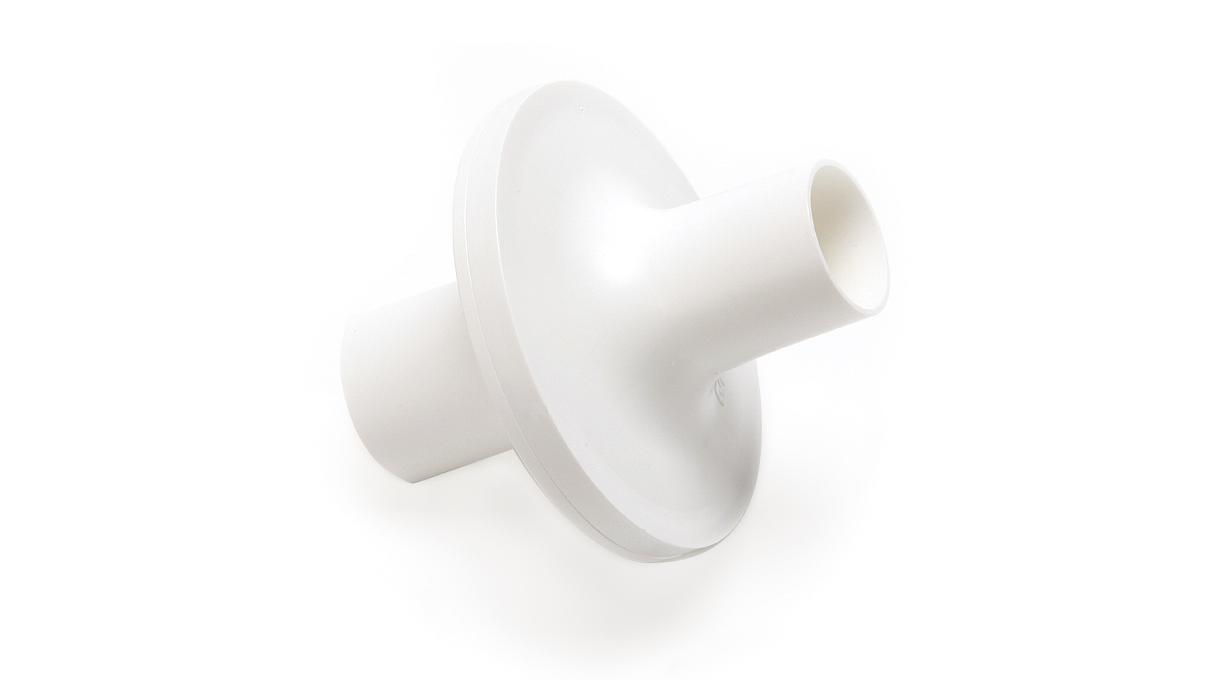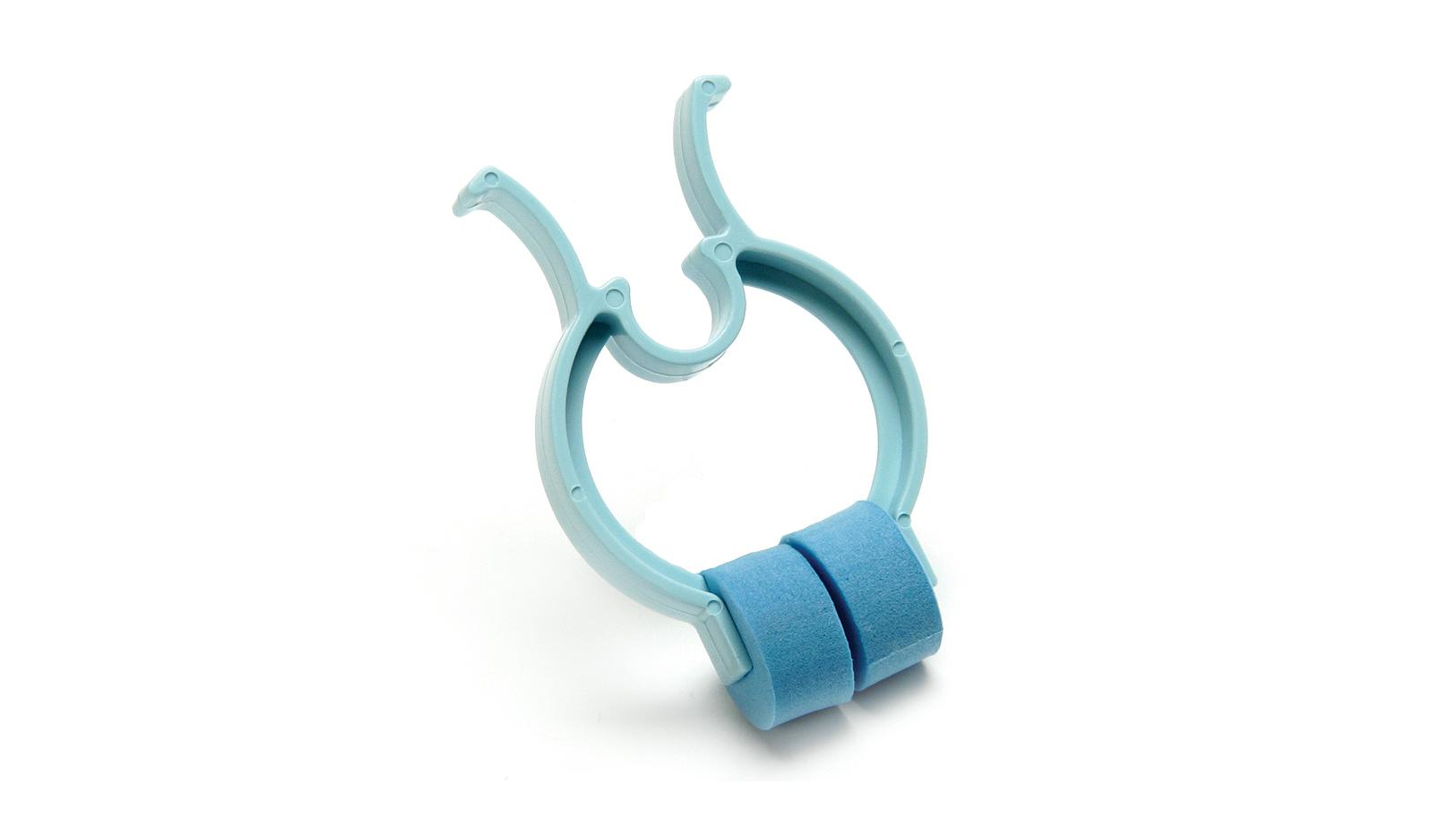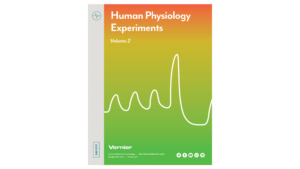Introduction
The rate at which air flows into and out of the lungs varies over the course of a respiratory cycle (a single inspiration followed by a single expiration) and is dependent upon a variety of factors. Maximal inspiration results from contraction of the diaphragm downward and the movement of the ribs upward and outward, both of which expand the chest cavity. Forced expiration is the result of the rapid contraction of chest and abdominal muscles, as well as the relaxation of the diaphragm.
Flow rates can be measured using a spirometer and are graphed as a flow volume loop, in which air flow is graphed as a function of volume. Because volume (graphed on the x axis) increases with inspiration and decreases with expiration, the completed graph forms a loop. As is demonstrated in the flow volume loop, in normal lungs, air is rapidly expelled early in the process of forced expiration, with a tapering of flow rate as the lungs are emptying. This latter part of the expiration curve represents the emptying of small airways (terminal bronchioles). Inspiration shows a different pattern, with the maximum air flow occurring toward the middle of the inspiration.
Data that can be obtained or calculated from a flow volume loop graph include
- forced vital capacity (FVC): The total exhaled air, from maximum inhalation to maximum exhalation
- forced expiratory volume (FEV1): The volume of air expelled in the first second of a forced exhalation
- FEV1/FVC: This rate is measured as a percentage
- peak expiratory flow (PEF): The highest point on the exhalation graph
Changes from expected values can be used to diagnose a variety of pulmonary conditions and to follow their progress over time.
Important: The equipment used in this experiment is for educational purposes only and should not be used to diagnose medical conditions.
Objectives
- Obtain graphical representation of a flow volume loop.
- Find the forced expiratory volume at 1 s (FEV1) and the forced vital capacity (FVC).
- Calculate FEV1/FVC.
- Find the peak expiratory flow rate (PEF).
- Create flow volume loops for several clinical scenarios.
Sensors and Equipment
This experiment features the following sensors and equipment. Additional equipment may be required.
Correlations
Teaching to an educational standard? This experiment supports the standards below.
- International Baccalaureate (IB) 2025/Biology
- B3.3.10—Adaptations for swimming in marine mammals
Ready to Experiment?
Ask an Expert
Get answers to your questions about how to teach this experiment with our support team.
- Call toll-free: 888-837-6437
- Chat with Us
- Email support@vernier.com
Purchase the Lab Book
This experiment is #10 of Human Physiology Experiments: Volume 2. The experiment in the book includes student instructions as well as instructor information for set up, helpful hints, and sample graphs and data.

